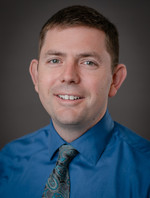





The Meaning of Care Magazine
Methodist’s Incidental Lung Nodule Program Changes Lives by Catching Lung Cancer Earlier
Published: Aug. 24, 2022
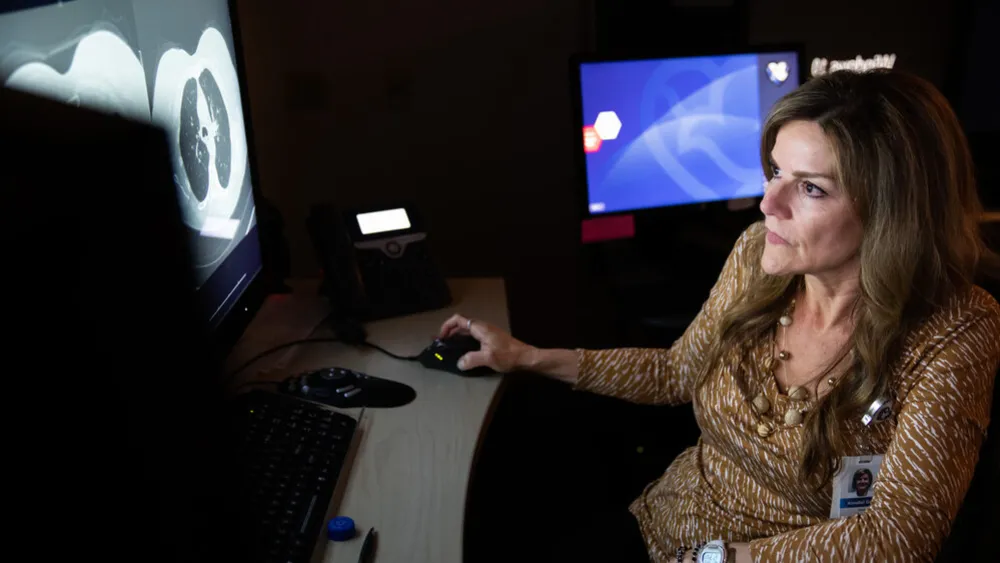
Radiologists like Dr. Annabel Galva, the director of radiology at Methodist Jennie Edmundson Hospital, are often the first line of defense in identifying suspicious lung nodules. But Methodist’s Incidental Lung Nodule Program builds on radiologists’ work, giving providers another powerful tool in the effort to catch lung cancers earlier.
When Pamela Steele learned she had lung cancer, she immediately thought of her brother Larry Frederick.
She recalled how suddenly the disease seemed to take him in 2014. At age 56, he had visited his doctor after experiencing what he thought might be stomach flu symptoms. But he was soon admitted to the hospital, where he was diagnosed with stage 4 lung cancer – meaning it had spread to other parts of his body. Within five days he was gone.

“It was quite a shock to all of us,” said Pamela, 63, of Council Bluffs. “That thought went through my head. That big C word just kind of freaks you out at first.”
Pamela was right to be concerned. She had adenocarcinoma, a type of non-small cell lung cancer that can be aggressive and had already spread to one of her lymph nodes. But it was caught early thanks to Methodist’s Incidental Lung Nodule Program, in which nurse navigators use state-of-the-art software to take a closer look at growths found in the course of care for unrelated issues.
“I can almost guarantee you that based on the size of her spot that was found, if we wouldn’t have intervened, she wouldn’t be alive right now,” said Sumit Mukherjee, MD, a pulmonologist with Methodist Physicians Clinic. “At the rate it was growing, unfortunately, it would have spread to more lymph nodes.”
Benign or Cancerous?
Pamela’s cancer survival journey began in the Methodist Jennie Edmundson Hospital Emergency Department (ED) in May 2021. She had arrived there with COVID-like symptoms but tested negative. Pamela had no symptoms related to lung cancer, and she didn’t stay in the ED long. But staff did get a chest X-ray before she left – among the thousands of medical images taken each year in Methodist hospitals and clinics.
As radiologists review those images to assess the issues at hand, they’re also noting unrelated abnormalities. Among the most common are pulmonary nodules. These growths measure fewer than 3 centimeters in diameter and are usually benign – but can be cancerous. It’s not just lung scans that turn up the dozens of nodules that Methodist’s radiologists see each day; images taken for abdominal pain or shoulder injuries, for example, can also pick up parts of the lungs and reveal nodules. Because of the sheer number of nodules radiologists find, it’s not realistic to immediately follow up on them all.
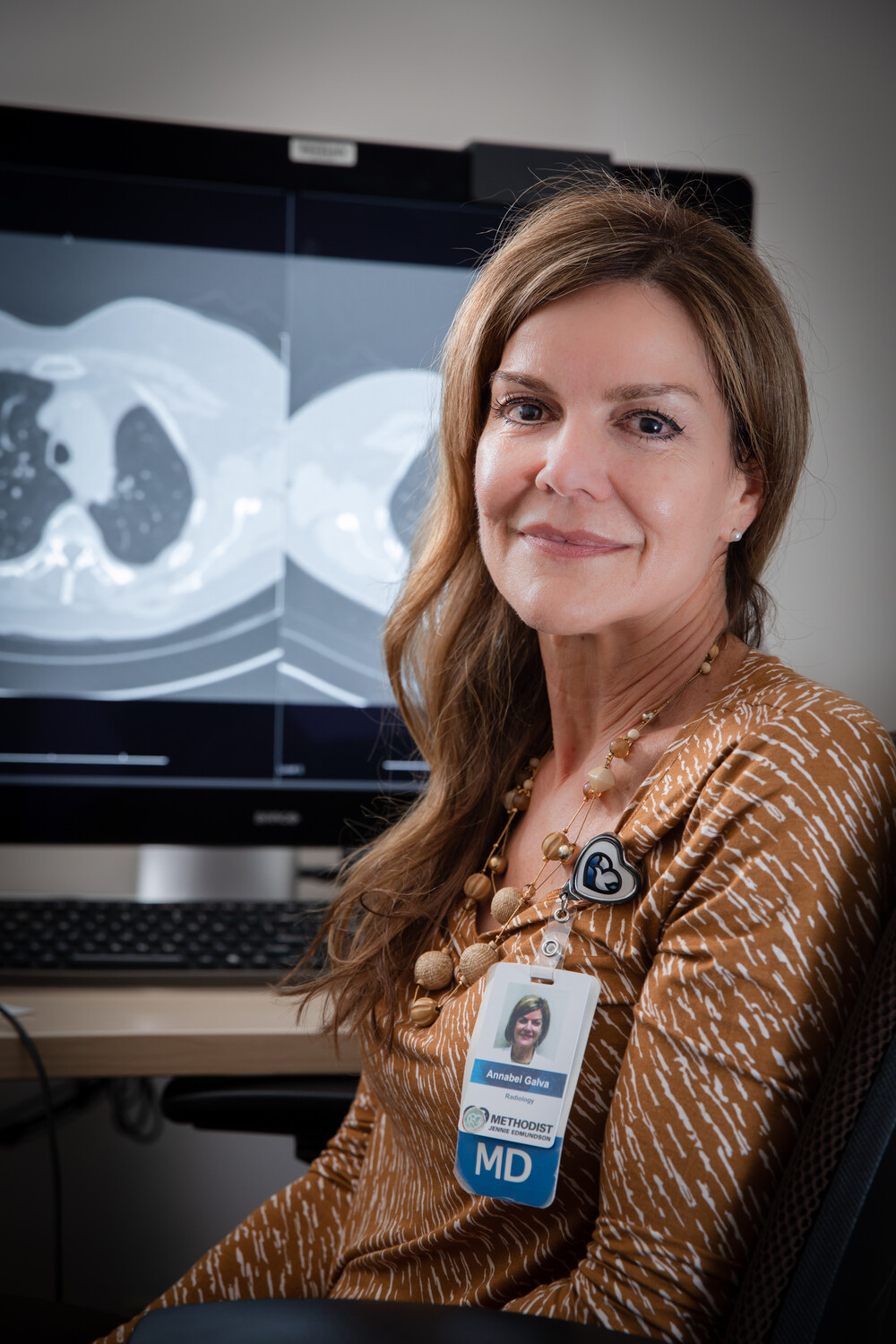
Looking back at Pamela’s scans a year later, Annabel Galva, MD, pointed to the 4-by-4-by-5-centimeter growth – classified as a mass instead of a nodule because of its size.
“Very dramatic. Not subtle,” said Dr. Galva, Jennie Edmundson’s director of radiology. “When you see that, you’re very nervous.”
In a case like Pamela’s, the attending ED physician will note the radiologist's finding on the patient’s medical record for follow-up or even call their primary care provider (PCP). While many cancers are caught this way, it's not a perfect system. Many patients like Pamela have no PCP. After they leave the ED, busy emergency staffs often have no one to contact. Meanwhile, the majority of pulmonary nodules are smaller and harmless, and they don't raise red flags with radiologists.
“Our focus is always on the emergency today,” said Joseph McCaslin, MD, medical director of the Methodist Hospital Emergency Department. “When we do these scans on people, we find lots of incidental things that aren’t immediately life-threatening. But you can’t ignore them, either. Somebody needs to follow up with them.”
A New Tool
Methodist pulmonologists can all recite the statistics: Lung cancer makes up almost 25% of all cancer deaths, annually killing more people than colon, breast and prostate cancers combined. But the tide is turning thanks to several Methodist initiatives – including smoking cessation programs, low-dose CT scans and the Ion by Intuitive robotic-assisted biopsy system – aimed at preventing the disease or catching it when it’s more treatable.
“If lung cancer can be identified at an early stage, then treatment, which would involve surgery, is much better,” said Patrick Meyers, MD, a Methodist Physicians Clinic pulmonologist, medical director of Methodist’s lung cancer screening program and co-director of the incidental nodule program. “When surgery can be done, then you’re talking about high cure rates – 80% or 85%. Most people don’t present with symptoms until they’re at a more advanced stage. At that time, surgery usually isn’t an option, and the cure rate drops down to somewhere about 17%.”
Methodist’s efforts took another step forward in 2020 when it began the incidental nodule program. Thanks to gift from the estate of Verna Mae and Kenneth Jessen, Methodist Hospital Foundation funded the purchase of the LungGPS™ Patient Management Platform by Medtronic and Philips.
Tom Jensen, a nephew of the Jessens who manages their estate, is excited about what the software means for cancer detection and treatment.
“I feel very good about what we’re doing,” he said. “Since I started handling their trust, I’ve seen great strides made in the research for children and adults with both cancer and pain. Personally, I feel that what’s good for one is good for the whole. Methodist Health System and the Foundation are putting these funds to very good use.”
Among its features, LungGPS uses artificial intelligence to analyze scans and flag those where a radiologist noted a lung nodule. Nurse navigators at Methodist Hospital and Jennie Edmundson then review the nodules to determine if a patient needs further monitoring, more detailed scans or a biopsy. LungGPS also allows them to easily compare nodule growth across several scans.
When a concerning nodule is identified, the navigator contacts the patient’s PCP or the patient directly. Many providers choose to manage their patient’s care, but others partner with Methodist’s lung cancer experts to coordinate care. That’s where LungGPS steps in again, helping staff members manage patients’ data and keeping them on track for necessary treatment.
In 2021, the software reviewed over 16,000 Methodist scans, leading to over 900 patients with nodules flagged for monitoring or further testing. Of those patients, over 40 had lung cancer. It’s a labor-intensive process, but worth the payoff.
“It’s pretty impressive,” said Michelle Kaufman, MS, RT (R,T), director of Oncology Services at Jennie Edmundson. “These are all cancers that weren’t symptomatic that may have gone on to be a late-stage cancer. It really is life-changing for all of these people.”
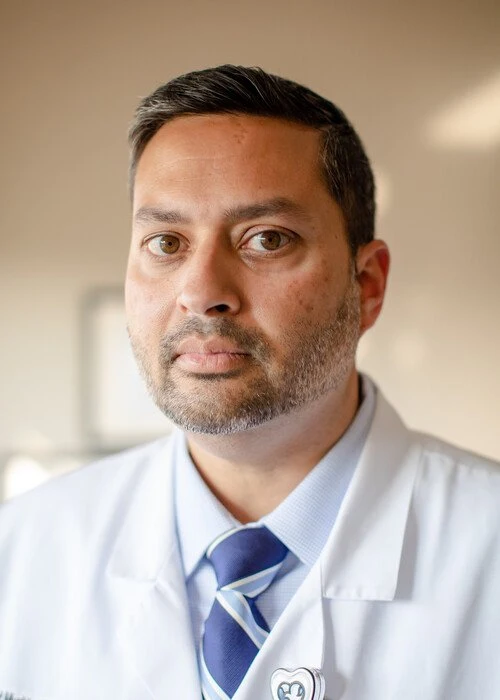
Dr. Mukherjee added: “I think one life saved from capturing these incidental nodules is enough of a reason to have the program. We have to remind ourselves that these are patients who otherwise would have been missed if we didn’t have this software.”
Even with this success, Methodist is staying on the offensive. Plans are underway to expand lung cancer services at Methodist Fremont Health, including introducing the incidental nodule program later this year.
Ashley LeGrand-Rozovics, DO, a family medicine physician with Methodist Physicians Clinic, welcomes the extra set of eyes looking out for her patients. Catching any cancer early, she said, “is one of those things that you can’t put a price on.”
But as Methodist Physicians Clinic’s medical director for performance improvement and quality, and a member of the multidisciplinary committee overseeing the program, she’s also excited about it becoming another tool at the system’s disposal.
“I think it definitely puts Methodist on the cutting edge of providing the most up-to-date evidence-based medicine to our patients,” she said. “We’re finding different ways to essentially be ahead of the game when it comes to fighting disease and fighting cancer.”
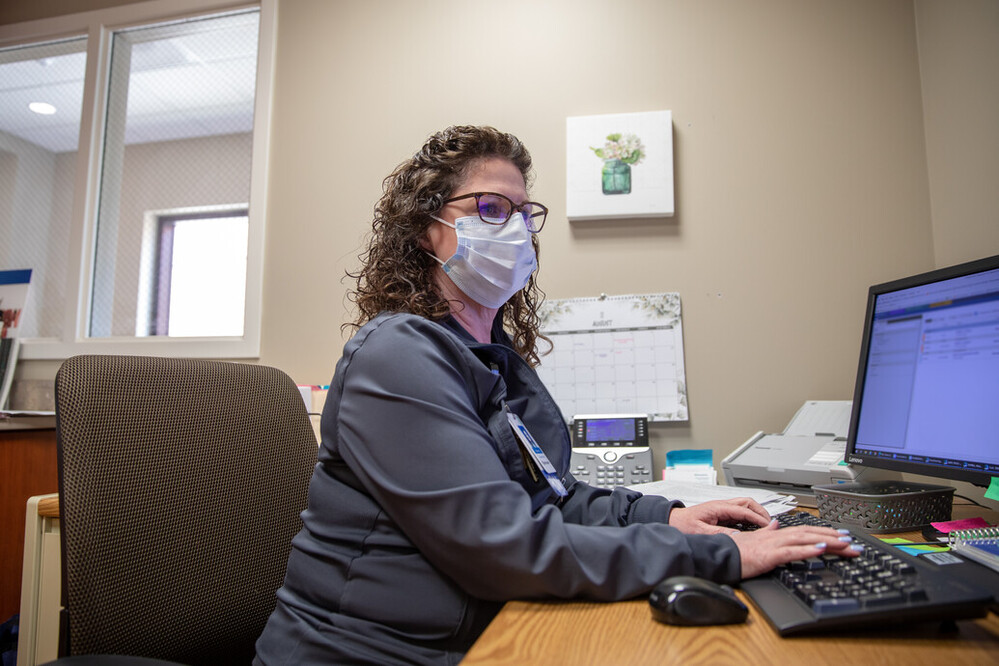
Grateful To Be a Survivor
With no PCP to see her report after she left the ED, Pamela was in danger of unknowingly harboring a deadly disease. But within days, LungGPS flagged her X-ray. Jennie Edmundson nurse navigator NatalieJean Ahrens, RN, compared the scan to another that Pamela previously had in the ED. Ahrens soon called Pamela with the news that a nodule that had been 1.6 centimeters in diameter in January 2020 had more than doubled in size.
Pamela described what followed as a whirlwind.
“You didn’t have a whole lot of time to sit and think about what was happening next,” she said. “They were on it. What can I say? They didn’t waste any time.”
Pamela soon had a CT scan of her lungs, and a biopsy with Dr. Mukherjee a few weeks later confirmed her cancer. On July 23, 2021, she had surgery at Methodist Hospital – a lobectomy to remove a lobe of her left lung and the removal of a lymph node. Pamela needed several days of recovery at the hospital, then weeks of pulmonary rehabilitation at Jennie Edmundson. She’ll also have follow-up CT scans twice a year for five years, then annual screenings until age 80. But her most recent CT scan in May showed no signs of cancer.
“There’s always that possibility of recurrence, but I think her chances are better than not that she does well and has disease-free survival,” Dr. Mukherjee said.
Today, Pamela isn’t taking anything for granted – especially the opportunity to spend time with her two children, three grandchildren and one great-grandchild. But looking back, she’s grateful to every member of the Methodist team who has helped make her a lung cancer survivor.
“It’s more than I can explain,” she said.
Stories like hers mean just as much to Methodist staff.
“We saved this gal’s life,” Ahrens said. “We got the cancer out of there before it could cause her any more trouble. That’s the kind of patient this program is geared to – somebody who’s coming in for a reason totally unrelated to their lungs.”
Photos by Daniel Johnson
More Resources
- Read more from the summer 2022 issue of The Meaning of Care Magazine.
- Learn more about lung and pulmonary medicine at Methodist.
- Read about Methodist’s use of the cutting-edge Ion by Intuitive robotic-assisted biopsy system.

